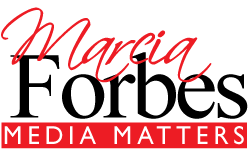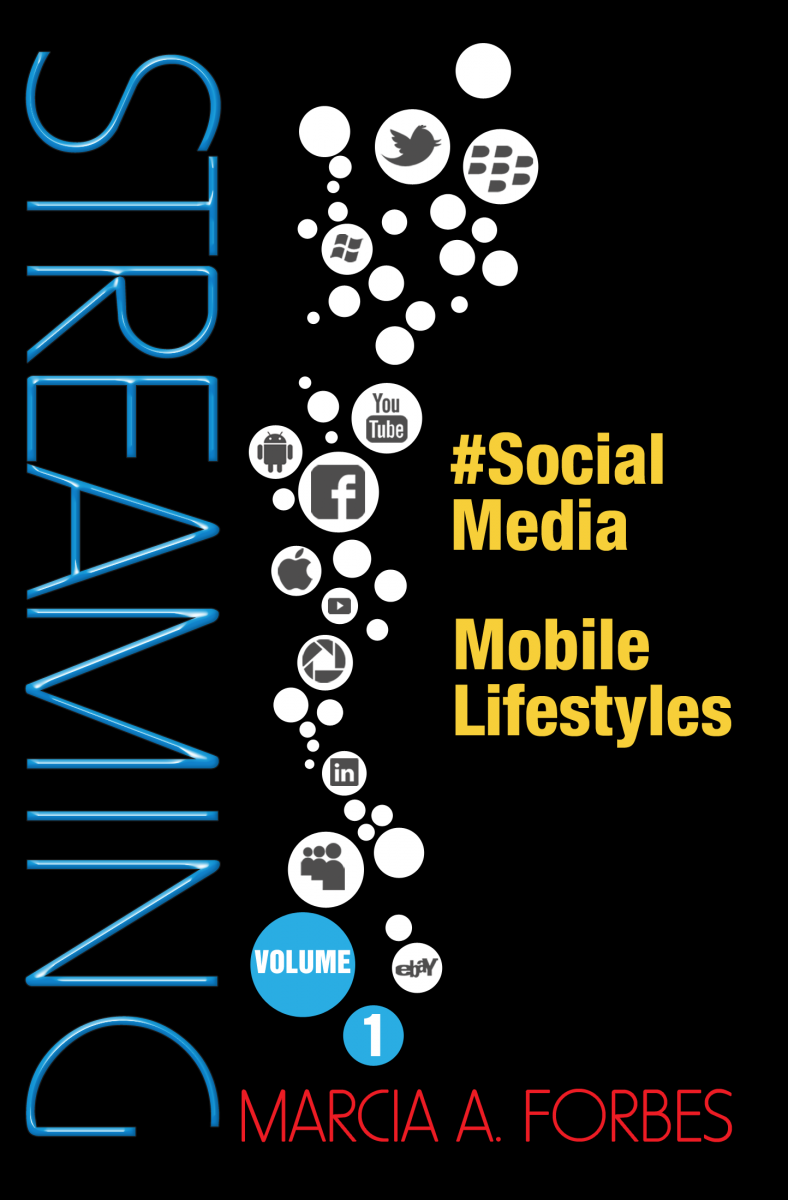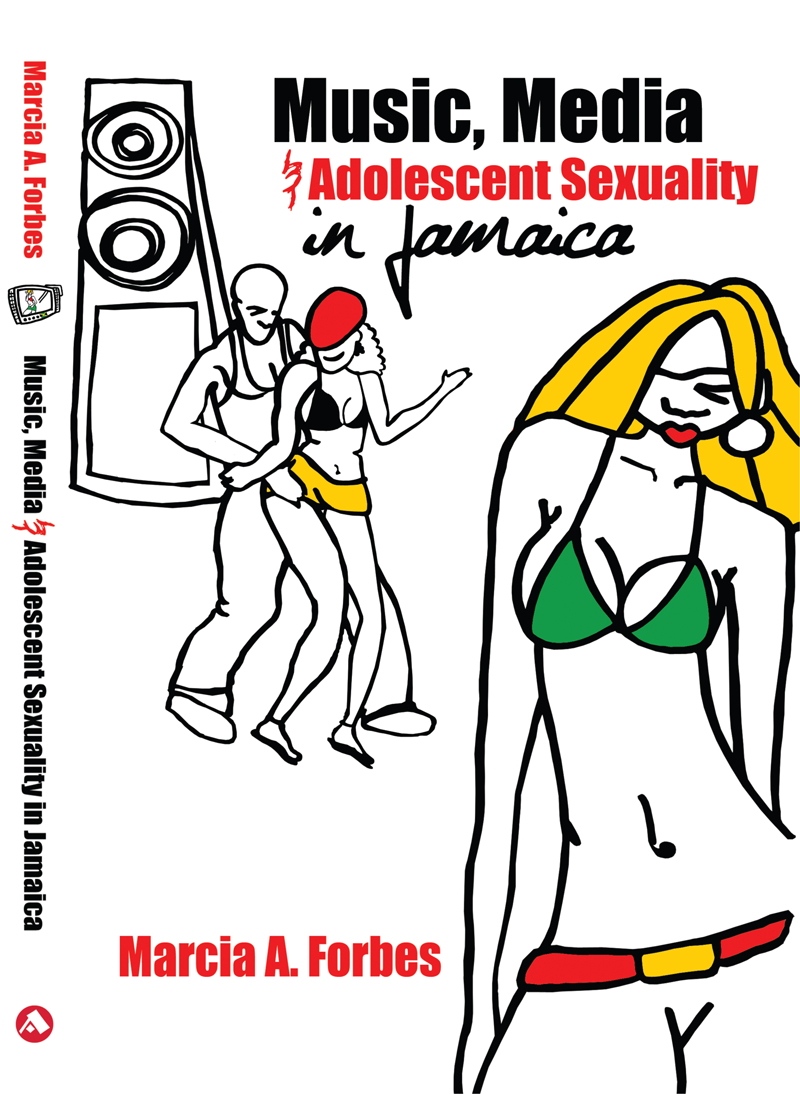Media Freedom and New & Social Media
Media Freedom and New & Social Media
This article excerpts from my presentation at this week’s celebration of World Press Freedom Day. I was invited by UNESCO to speak on issues pertaining to media freedom in the context of new and social media.
Media Freedom can be examined from the point of view of the consumers that is -- the reader, the listener, the viewer OR from the point of view of the content creator and or distributor – The Media House/The Press/The Citizen Journalist.
Within the context of World Press Freedom Day and its overall theme of “New Voices: Media Freedom Helping to Transform Societies”, I’ll examine the concept of media freedom primarily from the perspective of media content creators and distributors. And, in particular, as it relates to new entrants to media.
We agree that media freedom is grounded in the concepts of plurality and independence, with the freedom of media content creators to provide us with news, entertainment and other content such as edutainment. And, to do so:
- Free from Censorship
- Free from undue interference or influence from Government, Political Parties, Big Businesses, Vested Interests and
- For these creators to be fair & frank in the creation and distribution of their media content.
- Importantly, let us also agree that with these freedoms come rights and responsibilities to be transparent and truthful.
These rights and responsibilities are important considerations when we move into new media and social media since EVERYONE with Internet ACCESS and with certain online tools can now become a virtual media house, a publisher, a broadcaster.
The idea that the ‘press’ is the purview of places like the Gleaner and the Observer, RJR and TVJ, CVM and Hot 102 or Irie FM is NOW DEAD and BURIED! And will not be resurrected. What we are now witnessing is the growth and development of New Media and of Social Media.
New Media
The concept of ‘new media’ really developed out of the growing functionalities of the Internet and the World Wide Web.
However, the idea of new media as opposed to traditional or old media is increasingly redundant as ALL media have now taken to the Internet. The Gleaner and the Observer now post videos, not just pictures and text. These newspapers have moving images as a regular part of their online offerings.
It’s an extraordinary time of Media MashUps! -- A Convergence of Different Media Forms – A MashUp which raises issues concerning PLURALITY of voices. This, however, is not my focus today. We now have new tools to help us to CONNECT, COLLABORATE & CREATE.
Enter Social Media, mostlyweb-based, mobile technologies, to satisfy our desire for on-demand access to content, anywhere, anytime and delivered via any digital device and with a new approach to media engagement that facilitates interactivity - talk back -- active engagement.
Social Media
So we now have:
- Social networks like Facebook, Twitter and You Tube;
- Blogs & Vlogs (video blogs);
- Podcasts;
- Mobile Apps & more – By the way, both Gleaner & Observer can now be read and watched via your mobile phone.
In the same way that new media technologies and social media are being used by ‘old media’, regular Jane and John Doe can use them as well and that is precisely what they are doing.
Bloggers now argue for their right to be defined as journalists. There was such a case in Portland, Oregon only months ago where the Judge ruled against the bloggers’ claim to be journalist. There is a lot more to that story! Those who tweet argue for ‘press passes’ and ‘live tweeting’ events like the Grammys and the Oscars is now de rigueur. In 2010 MTV employed 24 year old Gabi as a Twitter Jockey with a whopping U$100,000 pay packet for a one year deal. Not bad!
Media Democratization
This is a time of the democratization of the media, manifested by way of Citizen Journalists and one person ‘broadcasters’ – Klout.com (that is Klout with a K), a measure of online influence, described me as a broadcaster. Yes, I do have over 2,700 followers on Twitter and another 2,700 Facebook friends, but a ‘broadcaster’? No, that’s stretching it.
We now have new agenda-setters and very often no gate-keepers. What are the implications for media freedom when ‘ordinary citizens’ become the creators of content? Yes, we do get plurality but there is much more to it.
Here are a Few Key Questions for You to Ponder:
- What are the implications of real-time generation and dissemination of unregulated content, as is now so easily available via social media?
- What are the implications for personal freedoms?
- What, if any, duty of care do these new content creators owe to their consuming publics?
I want you to ponder these questions within the context of four fundamental features of online content:
Fundamental Features of Content Available Online
(danah boyd, social media researcher, is the source for these 4 features. She uses lower case for both names)
1) Permanence
Content posted online stays there ‘forever’. Like the spoken word, you cannot take it back. I want you to tie this concept of permanence to issues of public versus private, since whatever is posted online, if done without privacy settings (and sometimes even when done with these settings), can be regarded as published and in the public domain.
2) Scalability
Online Content can be scaled – It can enlarge and grow exponentially. Sex, suss and sensation seem to go viral quickest. We all remember ‘No baddy canna cross it’ and how quickly that went viral. Consider this feature of scalability within the context of LIBEL and damage to reputation.
3) Replicability
It’s very easy to take off bits and bytes of original content and to share them. This is especially easy on social networks like Twitter and You Tube. How does one determine the original versus a modified version? How does one determine ownership? Again consider Nobody Canna Cross it and the copyright issues. Consider also the different versions posted to YouTube.
4) Searchability
Online content is easy to search and locate. Online Content is potentially visible to employers, marketers, parents, teachers and others. One never knows who will see and or hear such content. And in the case of social media like Twitter, content is archived online independent of the context in which that content was created. Tweets taken out of context can be grossly misunderstood.
Disruptive Technologies
New Media and Social Media have changed not only the concept of media freedom but also the business models of media entities by lowering barriers to entry and forever altering definitions of ‘media’. New and Social Media can be regarded as Disruptive Technologies. With them now firmly embedded in the media landscape, it is no longer ‘business as usual’!
We can flash back to the website by Jamaicans which this January posted the story of DJ Kartel’s escape from prison as a way of driving traffic to that site. And more recently, the pictures of nude ex-girlfriends posted to a website by spurned lovers.
But balance those flashbacks with the numerous positive ways in which social media are working to guarantee freedoms for others. We do not need to look as far away as Iran, Syria, Egypt or even the UK, consider this week’s march in support of the children of Jamaica. Social media was instrumental is getting people informed and involved.
WE Choose
New and social media relate to notions of not just media freedom but importantly, personal freedoms and rights of citizens. These new approaches to media can be the bane of our lives or they can be a new form of enlightened engagement. It is up to us to choose which it will be.
May 4, 2012


